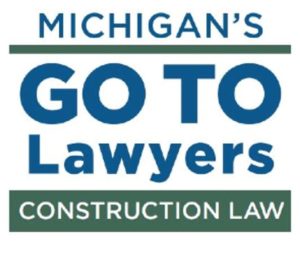(October 11, 2016) Real estate development generally is very capital-intensive and most developments are funded by a mix of capital types and sources. Senior debt is usually the greatest percentage of the capital stack in real estate development, and typically takes the form of a construction-to-permanent loan. If the developer has not already acquired the property, senior debt may involve an acquisition loan as well. While terms vary from deal to deal, the following are common terms in many deals:
- 12-24 month construction period, followed by an automatic conversion to a 5 year permanent loan upon the satisfaction of various contingencies (i.e., receipt of a certificate of occupancy, surpassing a certain occupancy rate, maintaining a pro forma (projected) debt service coverage ratio, etc.)
- Interest-only payments during construction period, followed by partially amortizing principal and interest payments during the permanent loan period and a balloon payment at maturity
- Unlimited personal guarantees during the construction period, followed by unlimited, limited, or diminishing guarantees thereafter
- Variable interest rate during the construction period, followed by a choice of fixed or variable rates during the permanent loan period
- Collateral consisting of a mortgage on the real estate, a lien on all personal property, a collateral assignment of the construction contract and architect agreement, and an assignment of any incentive-based revenue
While most developers are concerned primarily with the economic terms, the legal terms in the loan documents are of equal importance. The legal terms dictate, among other things, when the bank can “call” the loan, what costs and fees the bank can pass through to the borrower, what collateral sources the bank can go after in the event of a default, and when and how funds are to be released (and what conditions the borrower must satisfy for each draw). Other protections can also be established by specifying what insurance must be carried and how insurance proceeds are handled in the event of a casualty, what financial reporting the borrower must provide to the bank, and when and how financial covenants are calculated. Key negotiation points where developers can gain leverage include provisions regarding default, use of the insurance proceeds, and allocation of lender costs and expenses to the borrower.
With proper financial terms and legal guidance, senior debt is one option for funding real estate development. Future posts will discuss additional components of the capital structure, including, mezzanine debt, equity, and incentives.
For any additional questions on financing an acquisition, development, or construction of real estate, or refinancing an existing real estate loan, feel free to contact the Real Estate Attorneys at Rhoades McKee.
More Publications



